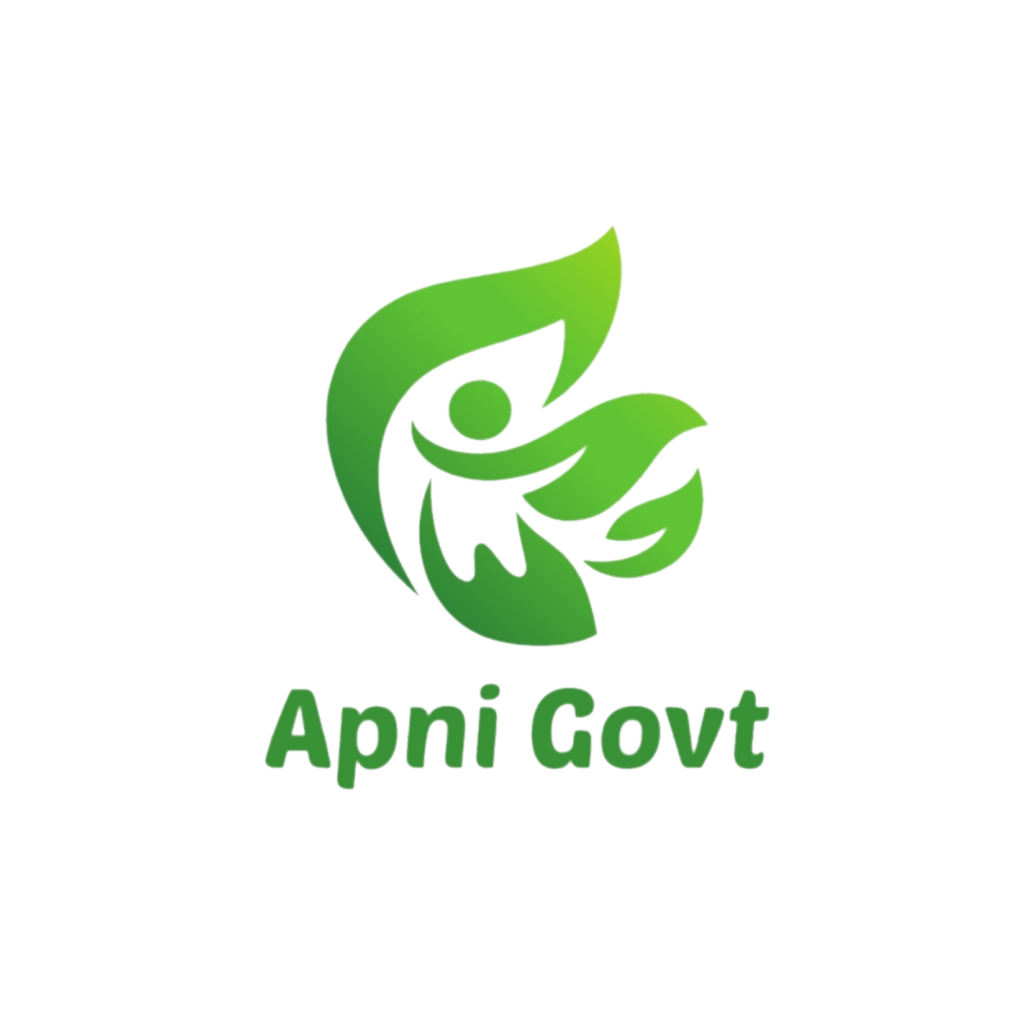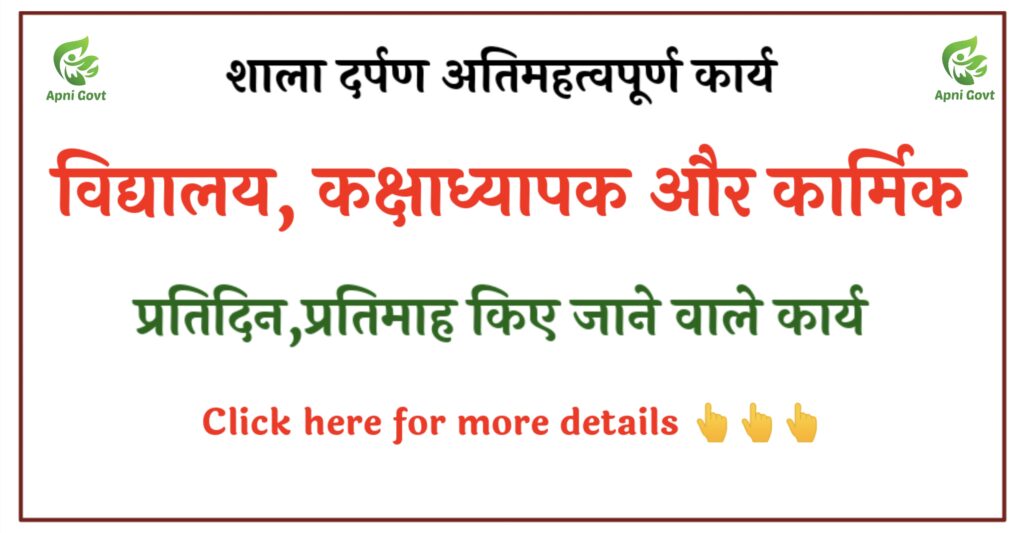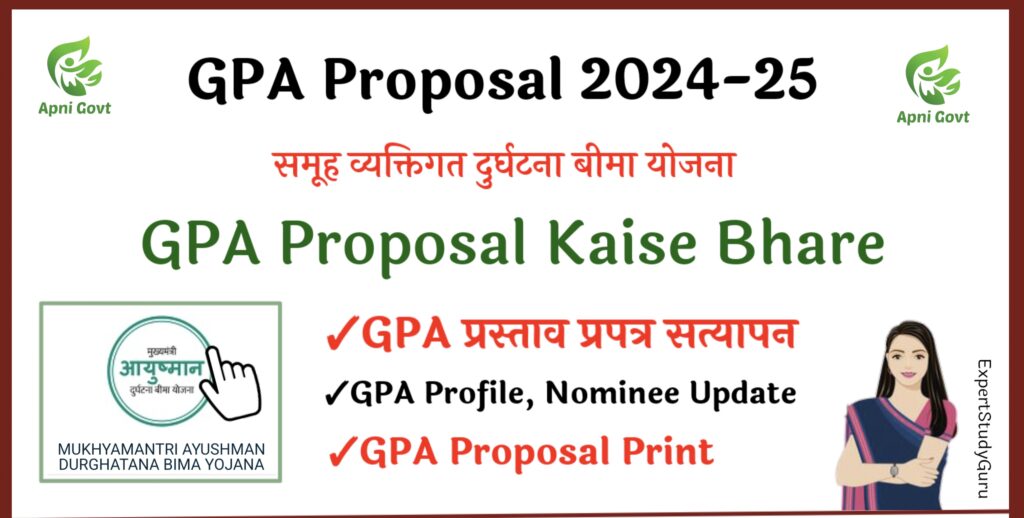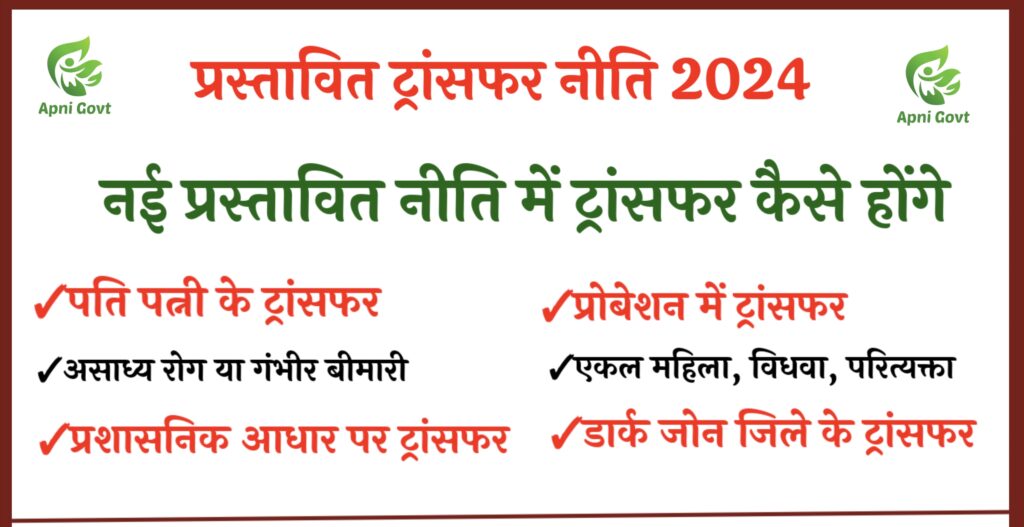Class 7 Social Science Half Yearly Exam
Class 7 Social Science paper 2025, Class 7 social science question paper PDF, Class 7 half yearly social studies paper, Class VII social science sample paper download, printable social science paper class 7, class 7 history geography civics paper, class 7 social science important questions PDF, class 7 exam paper download, class 7 social science mock test, class 7 previous year papers social science, half yearly social science paper 2025 download, class 7 worksheets social studies, class 7 map work practice PDF, class 7 social studies practice paper free, class 7 social science chapterwise questions.
[Your School Name Here]
Half-Yearly Examination – 2025-26
Class: VII | Subject: Social Science
Time: 2 hours | Maximum Marks: 50
Section – A (Objective) [Q.1–8 | 1×8 = 8]
Q.1 Where did Rani Durgawati rule?
Q.2 The famous Chauhan ruler who fought Sultan Muhammad Ghori was—
Q.3 What percentage of boys drop out at the primary level?
Q.4 The body that makes laws for the state is—
Q.5 The outermost layer of the atmosphere is—
Q.6 World Environment Day is observed on—
Q.7 Which of the following is a Kharif crop—
Q.8 In which district is Chanderiya Lead–Zinc Refinery located?
Section – B (Short Answer) [Q.9–20 | 12×2 = 24]
Q.9 Why did the Mughals try to conquer the Ahom region? Write any two reasons. (2)
Q.10 What do you understand by the ‘inner’ and ‘outer’ frontiers of a sultanate? (2)
Q.11 What is meant by an archive? (2)
Q.12 What is meant by the phrase ‘double burden on women’? (2)
Q.13 How can health services be made more affordable? Give your opinion. (2)
Q.14 Mention four main elements of a democratic government. (2)
Q.15 What is smuggling? (2)
Q.16 Give four examples of man-made environments. (2)
Q.17 Name one work each by Sawai Jai Singh and poet Chandbaday. (2)
Q.18 What do you understand by agricultural produce markets (mandis)? (2)
Q.19 Give two examples each of pulses and oilseed crops. (2)
Q.20 Why is Rajasthan called a ‘museum of minerals’? (2)
Section – C (Long/Applied) [Q.21–26 | 6×3 = 18]
Q.21 (i) Describe the role of the zamindar in Mughal administration. (ii) Explain the relationship between mansabdar and jagir. OR — Describe the rise and development of the Chola dynasty. (3)
Q.22 (i) How does a legislator become a minister? (ii) Differentiate between the functions performed by a legislator and those of government departments. (3)
Q.23 What is global warming? Describe its adverse effects. (3)
Q.24 Write a note on— (a) Porphyry (b) Rock OR — Briefly describe agriculture-based industries of Rajasthan. (3)
Q.25 Explain the classification of forests from a geographical perspective. (3)
Q.26 (A) True/False — (i) In 1210 AD Razia, daughter of Iltutmish, sat on the throne. (ii) Ghiyasuddin Balban was the ruler of Assam, Manipur and Kashmir. (iii) An earthquake of magnitude 2.0 or less is considered strong.
(B) Match the following—
| Column A | Column B |
|---|---|
| (i) Caspian Sea | (b) Large lake |
| (ii) Tides | (a) Periodic rise and fall of water |
| (iii) Tsunami | (c) Powerful seismic waves |
OR — Mark the following on the map of India: (a) Jaipur (b) Bhopal (c) Bhubaneswar




